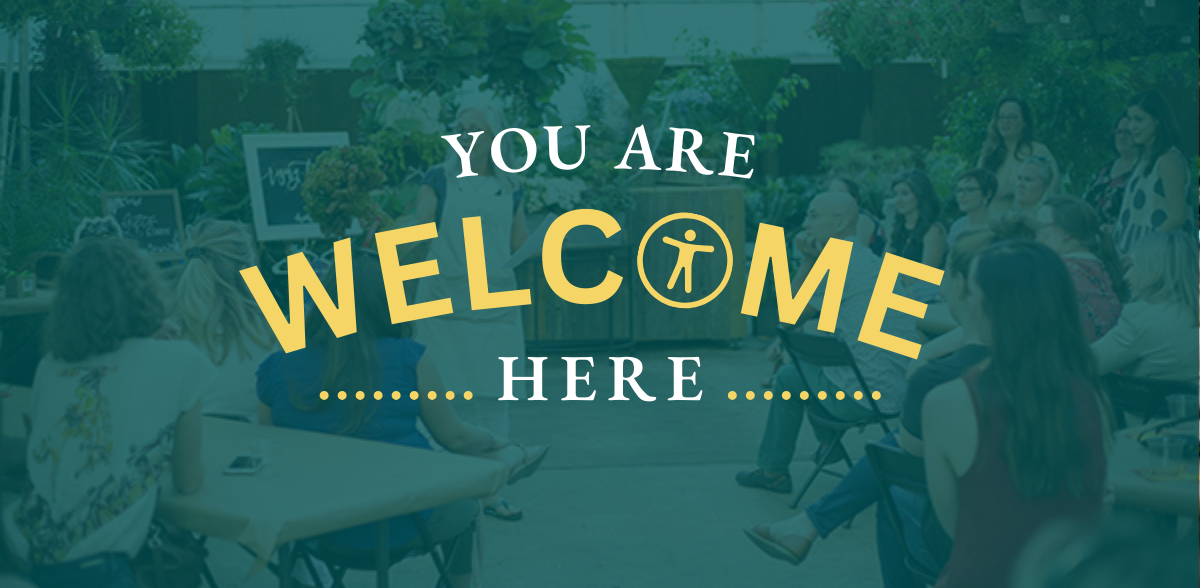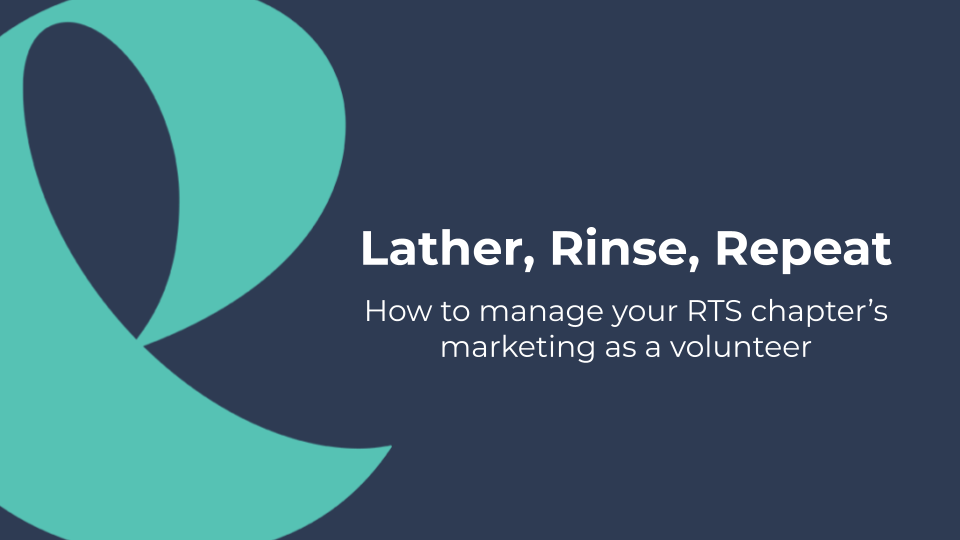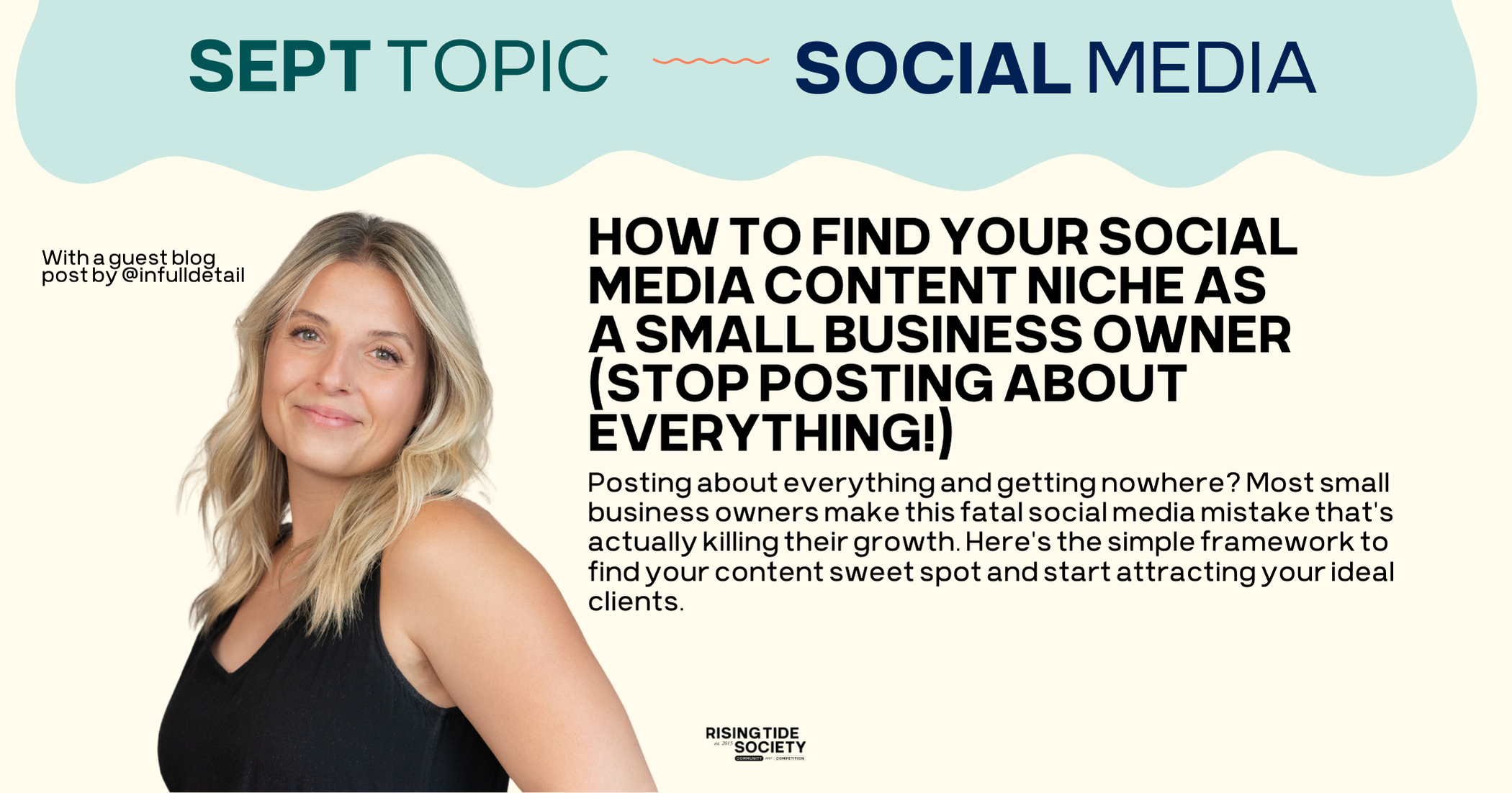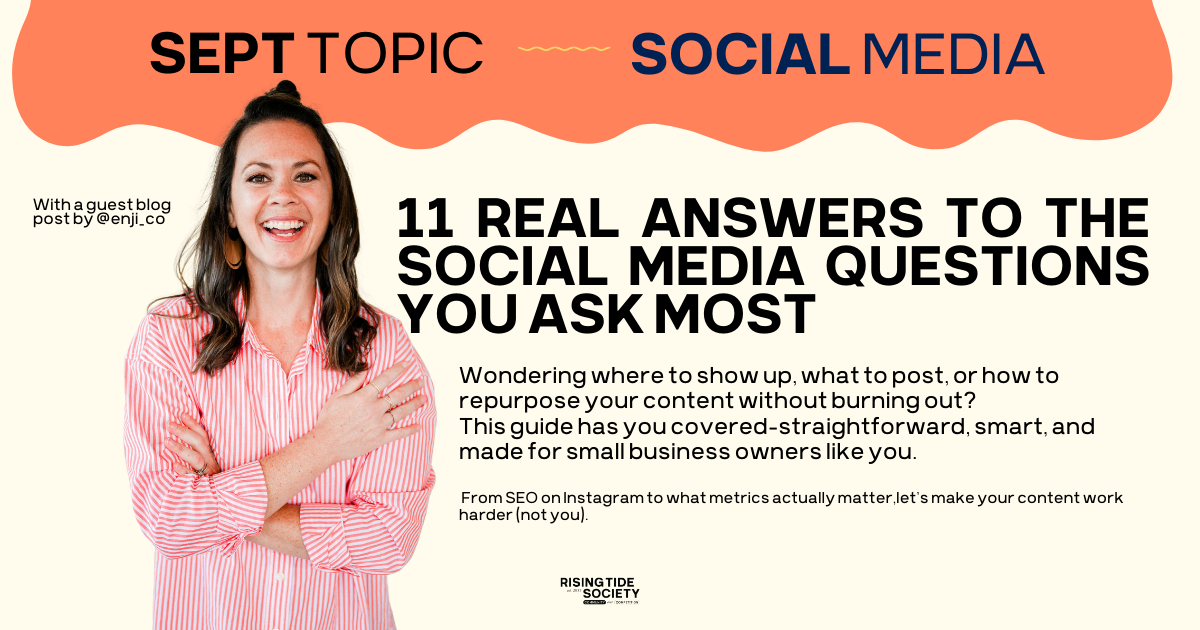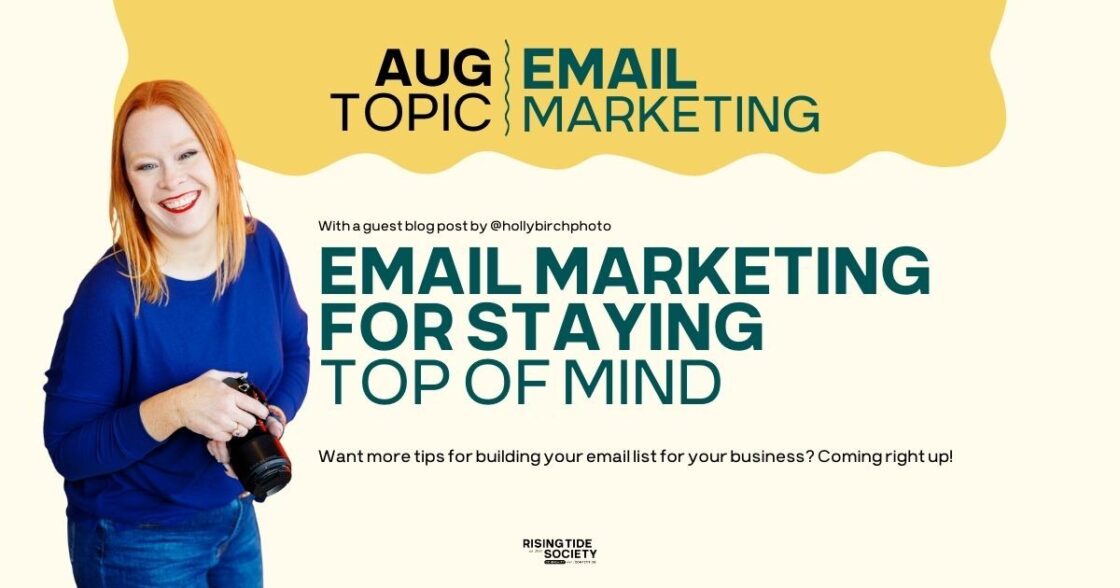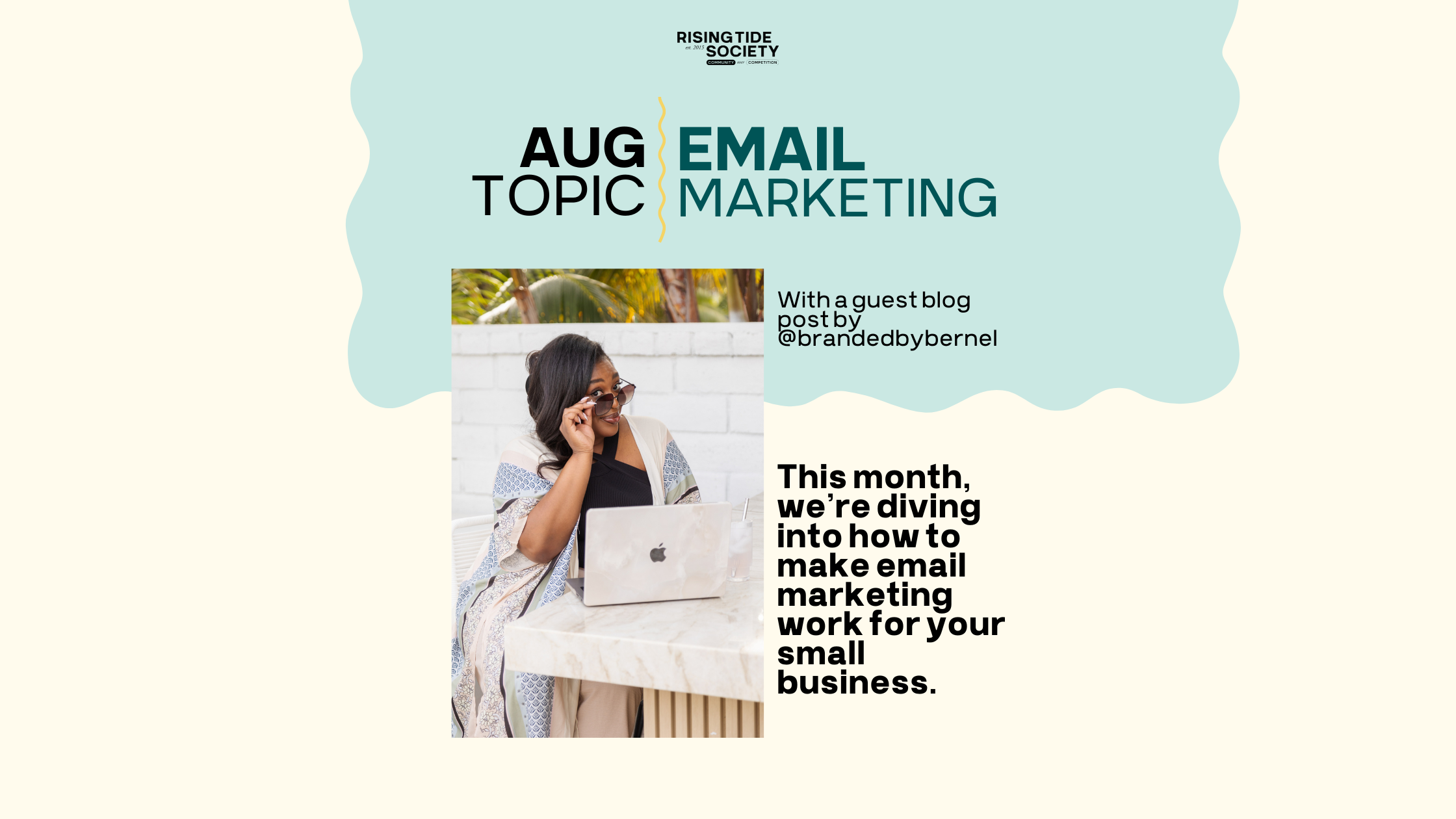Have you ever considered how a few thoughtful adjustments could transform your event into a welcoming experience for everyone, especially for those with disabilities?
When planning and hosting an event you have the opportunity to create events that not only engage and educate but also embrace inclusivity at every level. Let’s dive into why making your events accessible is crucial and explore some practical ways to achieve this inclusivity.
The first time I stepped into a Rising Tide Society local chapter event, my stomach was doing somersaults. I had no clue what to expect. Was it a casual meet-up, or a serious networking event full of seasoned pros looking for new clients?
The venue was a cozy bakery owned by one of the members. When I entered, someone greeted me warmly, asking, “Are you Mabely?”
That’s my business name, it broke the ice.
“I’m Erin,” I corrected with a nervous smile. I quickly asked who the chapter leader was and was introduced. I shared with her that I’m deaf and was curious about how these meetings usually go. She explained their monthly guide system, designed to steer the discussions.
I voiced my need to see faces clearly for lip-reading and suggested that we could take turns speaking. The leader had a brilliant idea—to use an object that would indicate the current speaker. It was simple yet effective.
You might think, “But I don’t have a deaf individual attending.” To that, I’d say, “You might, and not even know it.” Many disabilities aren’t visible, and not everyone feels comfortable disclosing theirs.
What’s important is creating a space where everyone, regardless of their needs, feels welcome. Making events accessible doesn’t have to be complicated or grandiose. It’s about making small adjustments that can make a big difference. Remember, inclusivity starts with empathy and a willingness to adapt.
When planning your in-person events, keep these essential tips in mind for a successful event:
Choosing the Perfect Location:
- Ensure the location is easily accessible. Consider:
- Ample parking availability.
- Proximity to public transportation.
- Verify venue accessibility:
- Availability of ramps and elevators.
- Assess the bathroom facilities for accessibility.
- Check the space for ease of movement, especially for attendees with walkers or wheelchairs.
- Confirm that the lighting is sufficient for the event’s needs.
Effective Communication About the Gathering:
- Communicate details clearly and concisely.
- Use straightforward language.
- Share information through various channels, including email, Instagram, Facebook, etc., to reach everyone.
- Maintain consistent messaging across all platforms.
- Provide contact information for accommodation requests.
Considerations During the Event:
- If using visual aids, ensure they are easy to read with high color contrast. Adhere to brand guidelines if applicable.
- For larger gatherings, consider using microphones to aid audibility.
- Arrange the seating in a way that allows everyone to see each other during discussions.
By paying attention to these details, you can create an inclusive, accessible, and enjoyable gathering for all members.
When someone asks for accommodations, don’t just say no!
I’ve been there, and it feels unwelcoming. Show them you’re glad they reached out and that you want to make them feel welcome. We want to make sure everyone feels comfortable at events. Don’t make assumptions, rather ask them how you can help make their experience better!
After your gathering/event, take a moment to gather feedback.
Understanding what went well and identifying areas for improvement will pave the way for even more inclusive events in the future.
Ultimately, making events accessible isn’t just about checking boxes—it’s about fostering a community where everyone feels they belong. By embracing these ideas, you’re not just hosting an event; you’re opening your doors to a richer, more diverse tapestry of insights and experiences.
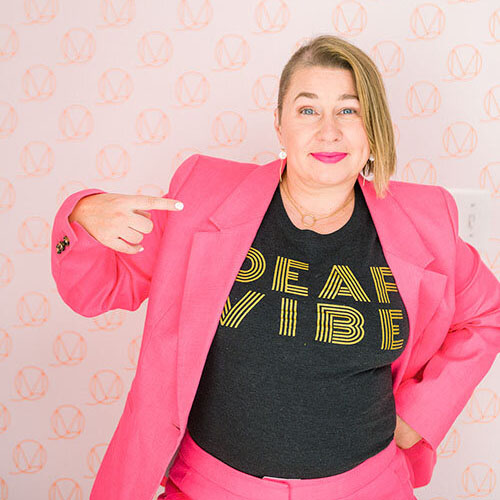
Article written by Erin Perkins
Accessibility Educator and Coach at Mabely Q and inaugural Rising Tide Society Board Member.
